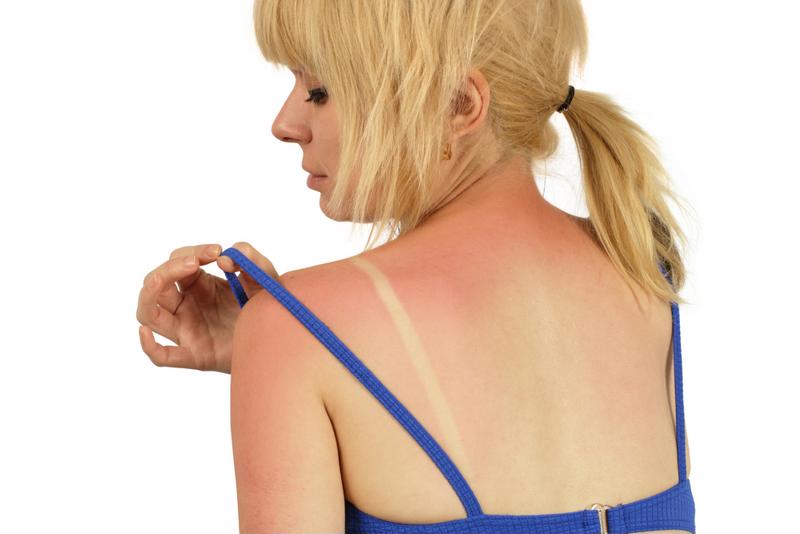With warmer weather and days filled with more sunlight on the way, odds are that you'll be spending a fair amount of your free time outdoors this summer. Fresh air and exercise are part of a healthy lifestyle, but the intense summer sun can pose problems of its own when it comes to your skin.
Whether you've got an olive complexion or are so fair-skinned that you need a hat and sunglasses whenever you leave the house, everybody needs to take special precautions against skin damage from sunburns and even heavy tans. However, there are a few sunburn myths out there that you might believe in, though they'll only prolong your pain until you seek help from CareWell's urgent care centers.
"Coloring your skin a deeper hue isn't going to confer any added protection."
Myth No. 1: There's such a thing as a 'healthy tan.'
While an even tan might be considered beautiful by society, scientists overwhelmingly agree that there's really no amount of sunlight exposure that can be deemed beneficial to your skin. Every time you step out into the world, your skin is constantly being bombarded by ultraviolet radiation emitted by the sun. You can't see it, but be sure that it's there.
"Healthy tan" proponents might argue that forming a base tan protects you from these harmful rays, but there's no evidence to support this. UV light doesn't operate on the same spectrum as visible light, so coloring your skin a deeper hue isn't going to confer any added protection.
Myth No. 2: Aloe vera cures all.
If you've ever woken up in pain after a day at the beach or out on the porch, you've probably sought out aloe vera gel to stop the stinging and burning that characterizes this troublesome skin condition. While this product can provide some short-term relief, the biology behind sunburns shows why aloe vera is no cure.
You probably learned way back in grade school that the skin is composed of several layers of tissue. On top is mostly hardened proteins and dead cells, but underneath that is the actual living part of your skin. When you're exposed to UV radiation, this is the layer it affects. The harmful light can cause blood vessels to dilate, which gives the distinctive reddened look and hot feel of a sunburn. Applying aloe vera only affects the top layer of your skin. While it might feel good, you're just treating the symptoms instead of the cause.
 Your skin is a hardy organ, but even it can't stand up to hours in the sun.
Your skin is a hardy organ, but even it can't stand up to hours in the sun.Myth No. 3: You just have to wait it out.
The average sunburn follows a fairly predictable path: Four to eight hours after exposure, the burn will begin to develop, peaking between one and two days after the incident. For many people, the only course of action is to apply makeup and wait out the pain as best they can.
However, there are several cases when you should seek urgent care for particularly bad sunburns. If you've developed blisters, a high fever that won't break, or you've irritated the burn to the point of a potential infection, it's time to head to your local CareWell urgent care center for a more scientific approach to treating sunburns than aloe vera gel and a glass of water.
The post Don’t get burned by these 3 sunburn myths appeared first on CareWell Urgent Care.
